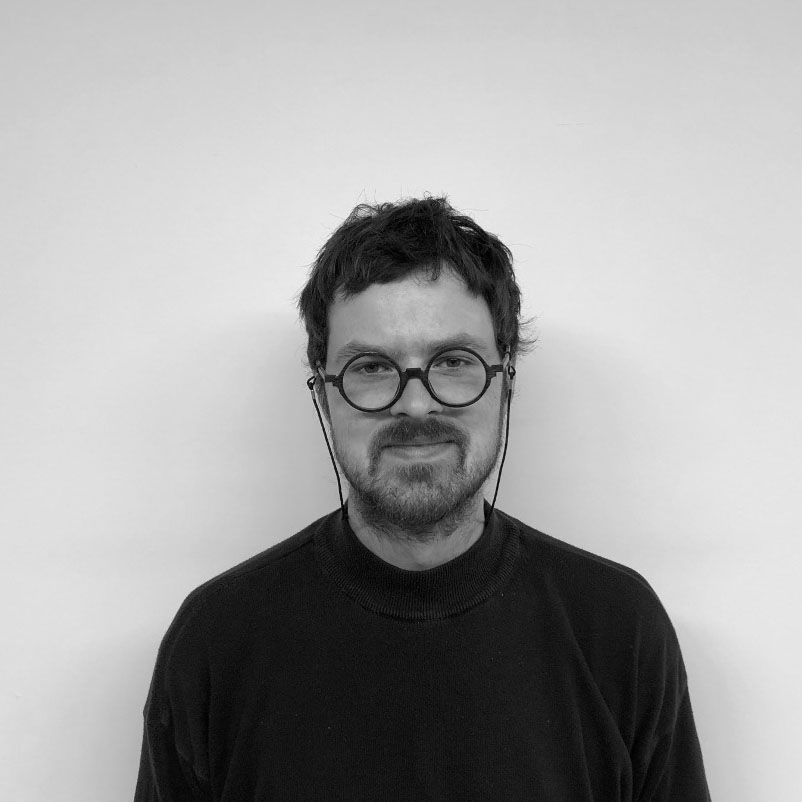Philippe Vandal Awarded a SSHRC Scholarship
April 1, 2022
Incoming INDI Master’s student Philippe Vandal was awarded a SSHRC scholarship for his thesis-creation “Urban Mesocosms : artistic exploration of micro-remediating apparatuses for hydrocarbon contaminated soils.”

Graduating IMCA student Philippe Vandal will pursue his INDI masters under the direction of Alice Jarry, Yves Gélinas, and Liz Miller.
At the crossroads of bio-inspired design, environmental chemistry and critical citizen approaches, Urban Mesocosms : artistic exploration of micro-remediating devices for hydrocarbon contaminated soils is a research-creation project that will examine the socio-environmental impact of hydrocarbon contamination in Montreal and propose bioremediation installations. It will explore the artistic and conceptual potentials of the mesocosm, a scientific tool that reproduces controllable and small scale ecosystems for research on toxicant dynamics and environmental interconnection. By isolating selected species and reproducing their interactions in a semi-closed environment, the mesocosm facilitates iterative experimentation in order to properly address contamination on a larger scale. Its scalable properties and aesthetic potential will allow variegated, artistic configurations that can be situated in the gallery or through various urban ecologies, such as vacant lots, parks, or landfills.
At the crossroads of bio-inspired design, environmental chemistry and critical citizen approaches, Urban Mesocosms : artistic exploration of micro-remediating devices for hydrocarbon contaminated soils is a research-creation project that will examine the socio-environmental impact of hydrocarbon contamination in Montreal and propose bioremediation installations. It will explore the artistic and conceptual potentials of the mesocosm, a scientific tool that reproduces controllable and small scale ecosystems for research on toxicant dynamics and environmental interconnection. By isolating selected species and reproducing their interactions in a semi-closed environment, the mesocosm facilitates iterative experimentation in order to properly address contamination on a larger scale. Its scalable properties and aesthetic potential will allow variegated, artistic configurations that can be situated in the gallery or through various urban ecologies, such as vacant lots, parks, or landfills.
The project will also explore various ways of visualizing and sensing soil de/contamination through art installations inspired by scientific protocols and devices. Their liveliness and multiscalar temporalities will be proposed through environmental sensing, such as computer vision based algorithms for plant phenotyping, rhizotron for root pattern, and optical imaging of hydrocarbon’s fluorescent properties. Bridging experimental phytoremediation, speculative design, STS, and critical landscape studies, Urban Mesocosms will create accessible remediation devices for citizen workshops in order to foster new forms of sustainable interactions between humans, the built environment, and ecological milieus. The making and sharing of these devices will generate critical and sensitive conversations between artists, scientists and citizens to address the importance of urban soil while facilitating citizen participation and contribution to the ongoing environmental management of the city’s urban ecology.


